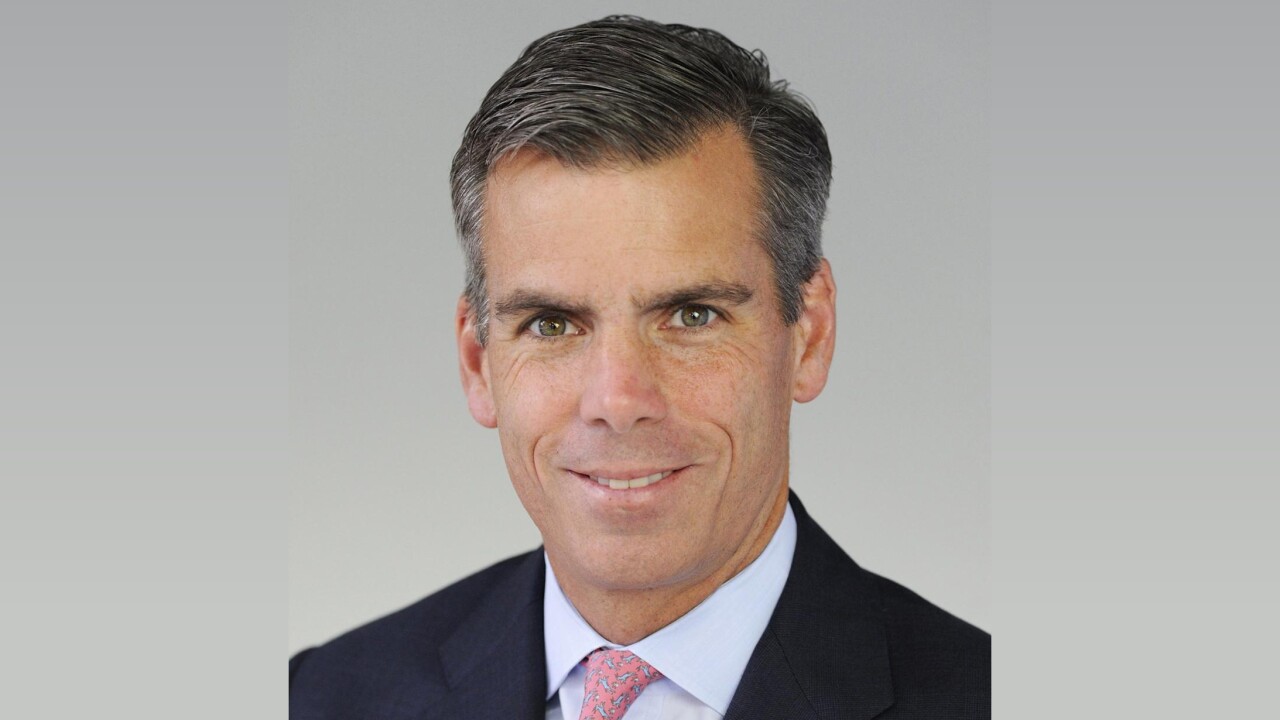
When Pulaski Savings Bank
The small, Chicago-based lender hadn't recorded positive core earnings since 2005, according to
"Since assets corresponding with these deposits were not identified, the recording of these deposits exceeded the bank's equity capital, at which point, the bank became critically undercapitalized," the FDIC inspector general's office concluded.
The inspector general's office stated that if it learns about potentially fraudulent activity during its review of a failed bank, its practice is to refer the matter to the appropriate authorities. No charges appear to have been filed to date.
Ultimately, Pulaski's demise cost the FDIC's Deposit Insurance Fund $28.5 million, or 57.5% of the bank's $49.5 million of assets. It was the costliest U.S. bank failure since 2011, when measured as a percentage of the failed bank's assets, according to an American Banker analysis of FDIC data.
The FDIC's data on bank failures and assistance transactions, which goes back to 1934, includes more than 4,000 entries. In a majority of those cases, the loss to a government insurance fund was less than 20% of the bank's assets.
But there have been some major outliers, especially during the savings-and-loan crisis of the late 1980s. In many of those cases, fraud charges were eventually brought against top executives at the failed institutions.
Fraud was found at 60% of the savings institutions that failed during that era, according to William Seidman, who chaired both the FDIC and the Resolution Trust Corporation, an agency that was established to clean up the S&L mess.
"Phony appraisals, self-dealing, loans to family and associates, kickbacks and payoffs were rife," Seidman was quoted as saying in 1990.
What follows is a look at five S&L failures where insider fraud contributed to outsized losses to a government-run insurance fund.
Madison Guaranty Savings & Loan
McCrory, Arkansas
Loss as a percentage of assets: 53.9%
The March 2, 1989, failure of Madison Guaranty eventually entered the political realm, since it was linked to the investigations of President Bill Clinton that became known as the Whitewater saga.
But the $115 million-asset S&L, which was owned by onetime Clinton business partner Jim McDougal,
"The investigation and criminal prosecutions spawned by the operation and collapse of Madison Guaranty was, in many ways, representative of what occurred throughout the United States savings and loan industry during the 1980s and early 1990s," the special counsel's report stated in an appendix.
After being convicted of 18 felonies, McDougal
Lincoln Savings & Loan
Irvine, California
Loss as a percentage of assets: 64.7%
Lincoln, which was controlled by financier Charles Keating, became the poster child for the S&L crisis.
Keating made large contributions to five U.S. senators in an effort to exert political pressure that might prevent Lincoln's shutdown — an episode that became known as the "Keating Five" scandal.
The House Banking Committee chairman later accused Keating of using the $4.86 billion-asset S&L as his
Some of the biggest losers in the episode were savers who got persuaded to move their funds from federally insured deposits to junk bonds backed by another company that Keating ran.
Keating eventually served four-and-a-half years in prison. He died in 2014 at age 90.
Vernon Savings & Loan
Vernon, Texas
Loss as a percentage of assets: 78.8%
The failure of Vernon in 1987 featured some of the biggest excesses of the entire S&L debacle.
The thrift's owner, Don Ray Dixon, reportedly had
Before the $1.35 billion-asset thrift failed, it took advantage of looser rules on the deposit rates that thrifts could pay to fuel a high-risk lending binge.
Dixon was sentenced in 1991 to five years in prison, though
Independent American Savings Association
Irving, Texas
Loss as a percentage of assets: 156%
After the failure of Independent American in May 1987, authorities spent years pursuing criminal charges against its owner, Thomas Gaubert.
Gaubert was acquitted in 1988 in connection with his role at an Iowa S&L. But five years later — after prosecutors alleged that he fraudulently diverted roughly $333,000 in assets from a partnership that he'd placed in bankruptcy proceedings — he was convicted on
During Gaubert's tenure at Independent American, its assets grew rapidly, and large amounts of loans soon started going bad. The S&L, which had around $1 billion of assets when it was shuttered, ended up costing $1.58 billion to resolve.
Sunbelt Savings Association of Texas
Dallas, Texas
Loss as a percentage of assets: 171.1%
The August 1988 demise of Sunbelt Savings, known as "Gunbelt Savings" because of its easy lending activities, was only the beginning of the legal odyssey for its former CEO.
Edwin T. McBirney III pleaded guilty to bank fraud in 1993 and did time in prison. The same year, he also entered into a settlement agreement with the FDIC. An $8.5 million judgment was entered in favor of the FDIC, and McBirney agreed to make payments based on his annual gross income.
But later on, McBirney fraudulently concealed more than $1 million in income from the FDIC by using a trust he had set up as his alter ego,
In 2006, McBirney was sentenced to 97 months in prison and ordered to pay more than $2.3 million. "Criminals who evade paying criminal restitution will be brought to justice, just like Mr. McBirney," then U.S. Attorney Richard Roper said in a press release at the time.





